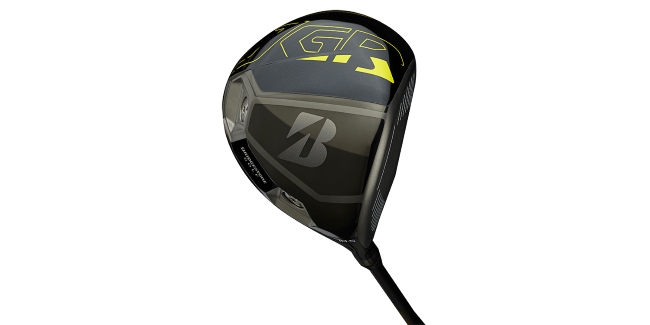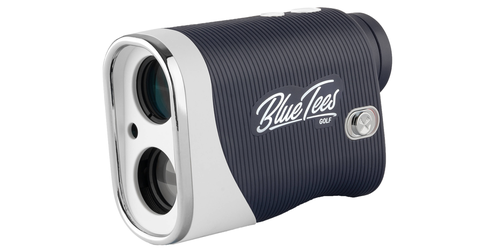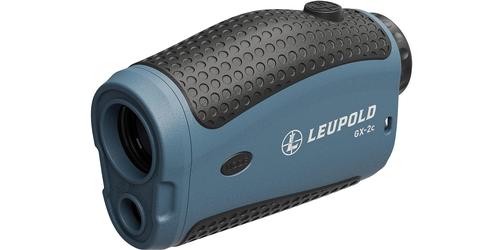
Bridgestone JGR Driver
Going to Great Lengths
By David Theoret
This past March, Bridgestone introduced several new clubs into their lineup, including the JGR driver. The JGR sports a classic head, which will appeal to the masses and features limited adjustability which to me is a good thing. Less thinking about fine tuning; pick a loft I like, decide the ball flight I want and go.
Although the loft of the clubhead is not adjustable, you can still manipulate the ball flight, thanks to the two movable weights. The 6 and 12 gram weights can be switched to create a draw bias and change the location of the center of gravity (CG). With the heavier weight in the back of the club, you will create a draw with more of a penetrating ball trajectory, lower spin and more roll. With the heavier weight in the center of the club, you create a higher ball flight which increases carry.
Many golf manufacturers have created a power channel - Titleist calls it an Active Recoil Channel, Taylormade calls it Speed Pocket and Cobra calls it the Speed Channel. Basically, they have added a narrow space behind the clubface, thinned the clubface and created a trampoline effect. This increases ball speed and distance. All of these are evident when you flip the club over, look at the sole and you'll see a space filled in with some sort of polymer.
Bridgestone claims that this thinking is all wrong. Any contact with the ball made above the center of the clubface will create a lower launch angle. What they have done is create the F.A.S.T Crown Design, a clever acronym for Flex Action Speed Technology. Instead of thinning out the face, they have thinned out the crown of the club nearest the clubface and then thickened it as you move towards the back. This creates a flexible crown as opposed to a flexible face and positions a speed pocket where the crown meets the face, giving increased ball speeds and higher launch angles.
Working in conjunction with the new F.A.S.T Crown is a feature called speeDARC Technology. speeDARC is the addition of two internal arc shaped rides in the front and rear of the club. This creates a stable base and creates a brace for the flexible crown to react against.
Another unique feature of the Bridgestone JGR driver is the Power Milled Face. At first glance, the white grooves on the heel and toe of the clubface are quite obvious. But if you look closer at the middle of the face, and under the white grooves, you will see some arced milling patterns. The milling is spaced farther apart near the top of the face so that, according to Bridgestone's design engineers, spin will be maintained on high face hits. As you make your way down the face of the club, you'll notice that the milling gets both rougher and tighter in order to decrease spin. The same is true with the vertical milling on the heel and toe. Since your spin rate lowers the more you compress the ball, the Enhanced Power Milling will help you get the best quality of compression in every swing.
Flip the club over and the sole is typical Bridgestone; all you see is a large logo and the two moveable weights. No sliders, no twist and turn hosel. After all, how much adjustability do you really need? Look on the underside of the toe and you'll find some bold graphics - a large, yellow JGR to be specific. This adds a great look and the color contrasts the black head; because of its location, it won't be a distraction at address.
Bridgestone has paired the JGR driver head with an Aldila NV 2KXV Orange shaft in regular, stiff and extra stiff flexes. The NV 2KXV Orange shaft is new from Aldila and uses their Micro Laminate Technology, which offers more carbon fiber and less resin. It has a softer tip profile as well as a higher balance point which gives it a higher launch. Also standard on the JGR driver is a yellow Golf Pride Tour Velvet grip, which compliments the clubhead graphics. Custom options are available for an upcharge on both the shaft and grip. Three lofts are available: 9.5°, 10.5°, 12°. Currently, the Bridgestone JGR driver is only available in a right hand orientation and, at $299, it's priced right.
Now, all of this technical rhetoric is nice, but the big question is: how does it compare to what you're playing now. Here's what I found. The JGR is everything Bridgestone claims it to be. First of all, it's very easy to hit, right off the shelf. It comes preset with a draw bias (i.e. heavier weight in the back of the club). If that's the way you like it, just start swinging. The massive sweet spot makes it hard to miss hit, but when you do all of the aforementioned technology kicks into gear and all of a sudden your bad drives aren't so bad. The ball launches fast and high off the clubface and with the draw bias setup, gains a lot of roll. I see this replacing my current Callaway driver immediately! Swing after swing, the result was the same; consistency is a good thing.
Brandt Snedeker was so impressed with the new Bridgestone JGR driver, that he put his old Taylormade Superfast circa 2010 on the shelf and the JGR in his bag. Almost instantly he saw his driving stats improve. Can the Bridgestone JGR driver do the same thing for your game? Only time can tell. But it's worth a shot. Plus, you'll save enough over other top drivers that you can probably add a fairway wood as well.
For more information on the Bridgestone JGR driver or to buy one online, visit their website at www.bridgestonegolf.com.
Revised: 09/20/2016 - Article Viewed 29,332 Times
About: David Theoret
![]() David Theoret has been in the golf and golf travel industry for over 10 years, primarily selling online advertising. For the past seven years, he has also been a golf writer, reviewing golf courses, resorts, destinations, equipment, golf apparel, and training aids - the latter of which never seems to help. David's articles and reviews have been posted on many golf travel and equipment websites.
David Theoret has been in the golf and golf travel industry for over 10 years, primarily selling online advertising. For the past seven years, he has also been a golf writer, reviewing golf courses, resorts, destinations, equipment, golf apparel, and training aids - the latter of which never seems to help. David's articles and reviews have been posted on many golf travel and equipment websites.
Growing up in Southwestern Ontario, Canada, it was naturally assumed he would play hockey. Beginning at the age of 3 and continuing into his late 30's, he did just that. However, after one too many pucks to the head, he realized that golf was a lot easier on the body (whoever said hockey players were slow) and took the game up.
After moving to Florida and accepting a position with TravelGolf Media (now part of GolfNow) his love for the game grew exponentially. Most Saturdays you will find him on a course somewhere in Florida or on the practice range reinforcing his bad habits. David plays to a 10 handicap - unless there is money involved in which case it goes considerably higher. He currently resides in Lakeland, FL with his wife Belinda and their two "kids", Madyson and Molly.
Contact David Theoret:
GolfTrips.com - Contributor















